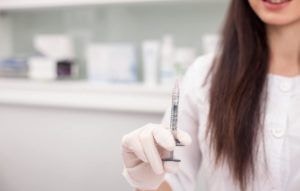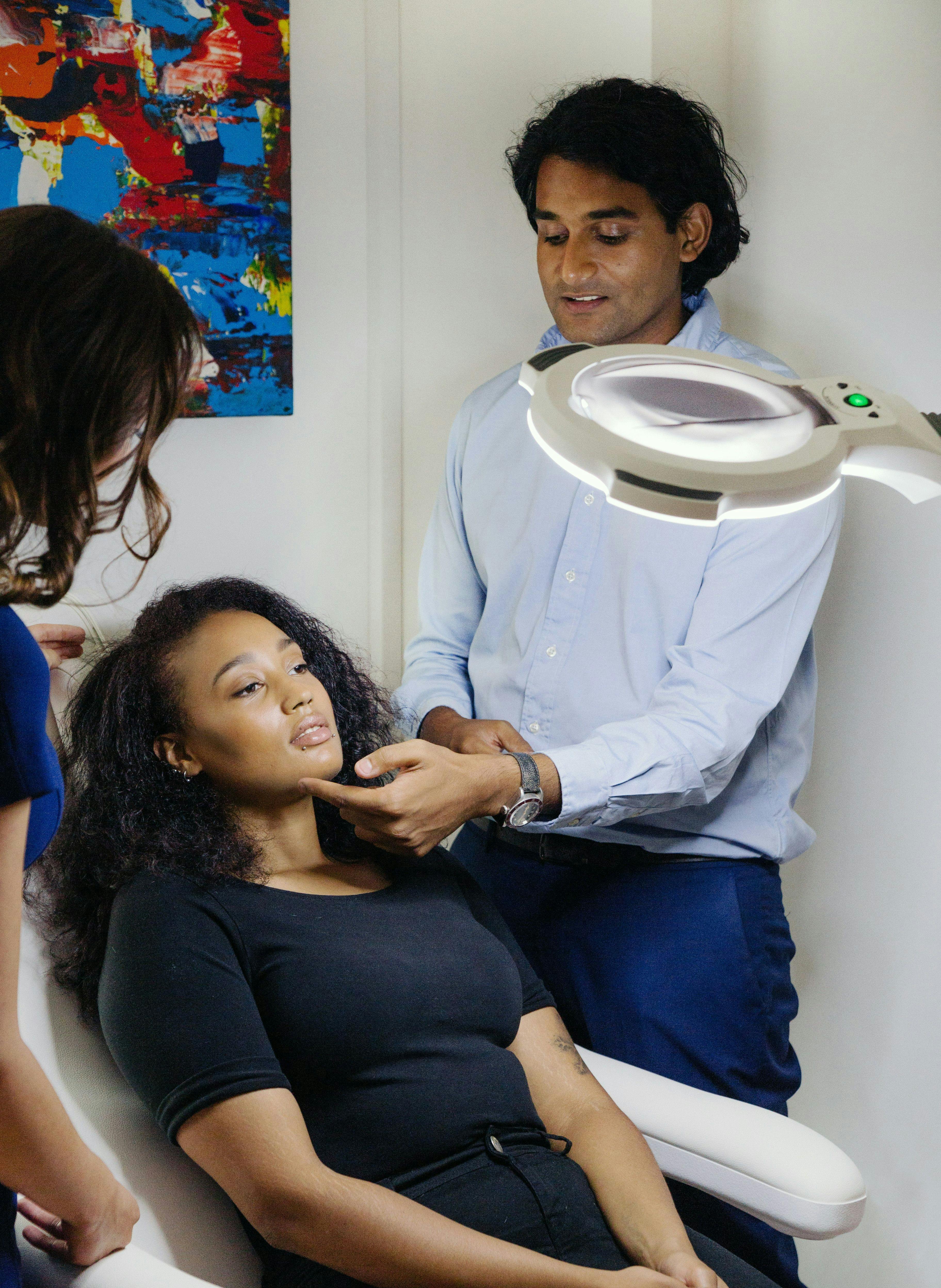How To Incorporate Aesthetic Medicine Into Your Dental Practice

Cosmetic injectables are a lucrative, and possibly fun, addition to your dental practice. How do you ensure that your cosmetic practice is successful, legal, future-proofed, and rapidly builds a strong reputation?

If you are a UK dentist, then you are already qualified to train in a large range of non-invasive cosmetic procedures. As a dentist you can prescribe, which eases access to the most popular injectable: botulinum toxin.
So what can you do to capitalise on these advantages?
STEP 1: ACCREDITED TRAINING
Find a training academy that specialises in cosmetic training for medical professionals and offers a range of accredited qualifications and courses.
Make sure your chosen course is CPD accredited, and adheres to Health Education England (HEE) guidelines – we summarise their 2016 guidelines here. Certificates from courses that are not in-line with these recommendations are unlikely to be robust against future regulations.
Avoid wasting money on companies that offer only one-day courses with no potential for future support; and avoid programmes affiliated with a single brand (e.g. “BOTOX”, “Bocouture”, or “Dysport” are all popular botulinum toxin brands), where you may end up tied to only that brand.
STEP 2: PRACTICE, PRACTICE, PRACTICE
Direct, supervised practice is necessary to become competent in any procedure. According to the Professional Standards for Cosmetic Practice it is ‘highly recommended that all practitioners undertake a period of formal or informal mentorship.’

Clinical mentoring will not only build your skill and confidence, but can also future-proof your training against changes to the regulations surrounding delivery of Botulinum Toxins and dermal fillers.
As the aesthetic medicine sector grows, voluntary registers and professional membership organisations are increasingly likely to demand a portfolio of evidence of your practical competency in the relevant cosmetic procedure(s) you’re delivering.
STEP 3: INSURANCE
Indemnity cover is a legal requirement to incorporate aesthetic medicine into your dental practice. If you are on an independent, self-regulatory register (such as the JCCP Register), then your insurance may cover up to ten hours of cosmetic practice at no additional cost.
Insurance companies are generally happy to provide cosmetic liability insurance to aesthetic dentists who can provide evidence of ‘recognised training’ in cosmetic procedures.
For most insurers, ‘recognised training’ means a formally assessed training programme which involves carrying out the relevant procedure(s) under the supervision of an experienced clinician in the relevant field, together with portfolio or logbook that details these procedures.
STEP 4: FINDING PATIENTS
The best patients are the kind that keep coming back. To get to that point, you can drum up initial interest by joining a register and getting your name searchable. Registers empower patients to search for trustworthy practitioners, and can offer a boost to your visibility. Qualified dentists can join registers like the Joint Council of Cosmetic Practitioners‘ (JCCP) register. If you study at Harley Academy, you will automatically be eligible for the JCCP register.
You can also learn business skills through training tailored directly to Aesthetics practitioners, such as our eLearning business course: Business Marketing for Aesthetic Medicine.

Dentists often quickly pick up new aesthetics patients from the exposure gained via their dental practice itself. You probably already have potential aesthetics patients in your current practice.
Once you’ve started, a well-trained professional dentist can accrue considerable numbers of patients from word-of-mouth. Let the standard of your training speak for you.
If you’re interested in the personal experience of someone who has already incorporated aesthetic medicine into their dental practice, we recommend reading the Dentistry Today article on the place of botulinum toxin and dermal fillers in dentistry. This gives examples of how cosmetic procedures can complement aesthetic dental work as part of an holistic approach to treatment.
All information correct at the time of publication. Last updated: 11 January 2023
Download our full prospectus
Browse all our injectables, dermal fillers and cosmetic dermatology courses in one document
By submitting this form, you agree to receive marketing about our products, events, promotions and exclusive content. Consent is not a condition of purchase, and no purchase is necessary. Message frequency varies. View our Privacy Policy and Terms & Conditions
Attend our FREE open evening
If you're not sure which course is right for you, let us help
Join us online or in-person at our free open evening to learn more
Our Partners














STAY INFORMED
Sign up to receive industry news, careers advice, special offers and information on Harley Academy courses and services

